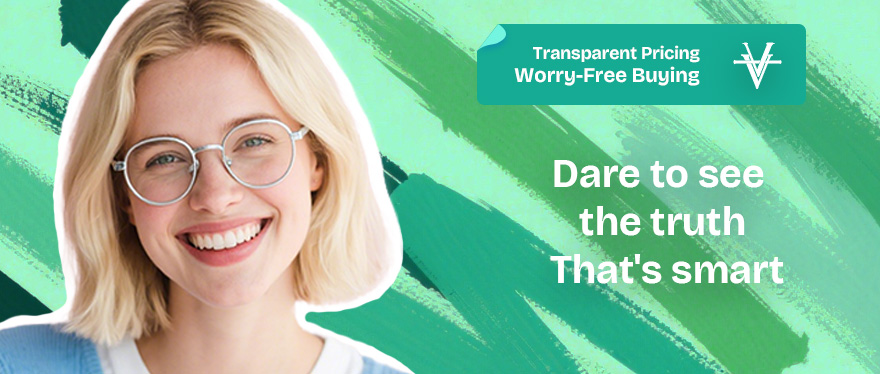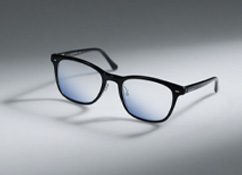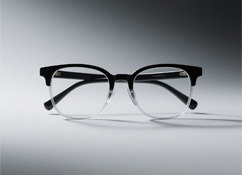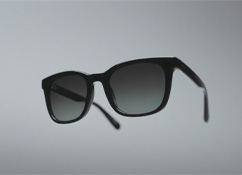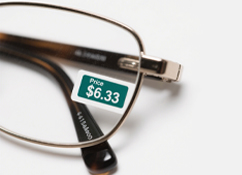Rainy days turn driving into a test of patience: your windshield fogs up, wipers swipe frantically, and the road ahead stays a blurry, glare-filled mess. If you’ve ever squinted through raindrops wondering if sunglasses could cut the haze, you’re not alone—but the answer isn’t as simple as “yes” or “no.”
When raindrops hit your windshield, they create a thin, transparent layer that scatters light in all directions. This “glare” washes out contrast: road lines blend into the pavement, signs look fuzzy, and other cars become indistinct. Your brain struggles to process the chaos, leaving you squinting just to stay focused.
Sunglasses are great for blocking glare on sunny days—but rainy days are different. Most regular sunglasses worsen vision: they dim already low light, making blurriness even worse. The only exception? Light-tinted polarized sunglasses.
Polarized lenses act like a “light filter”: they block scattered, glare-causing light (from raindrops, wet roads, or shiny surfaces) and let only straight light through. This boosts contrast, so objects—like road markers, stop signs, and approaching cars—look sharper, not dimmer. Think of it as clearing a smudge from your windshield: you don’t make things darker—you make them clearer.
But don’t expect a “miracle fix”: polarized lenses improve vision modestly, not drastically. They cut glare, but they won’t eliminate all blurriness from heavy rain or fog.
Polarized sunglasses aren’t for everyone—even if you want to try them. Here are two key groups to skip them:
- Strabismus (crossed eyes): Polarized lenses can disrupt how your brain processes light, leading to headaches, eye strain, or dizziness.
- Uncorrected nearsightedness: If you need glasses or contacts to see far away, non-prescription polarized sunglasses will make distant objects even fuzzier. Your eye muscles will work overtime to focus, leaving you with tired, swollen eyes.
If you feel any discomfort (headaches, eye fatigue, or nausea) while wearing them—stop immediately.
Even if polarized lenses work for you, follow these rules to stay safe:
- Skip dark tints: Dark polarized lenses dim low light (like in tunnels, at dusk, or during heavy rain)—this is dangerous. Stick to light gray or brown tints (50% light transmission or higher).
- Avoid low-light conditions: Never wear polarized lenses at night, in poorly lit areas, or through tunnels. The tint will reduce visibility when you need it most.
- Choose driving-specific lenses: Look for polarized sunglasses that meet safety standards (like ANSI Z87.1 for impact resistance). Cheap, non-certified lenses can distort vision.
Polarized sunglasses are a tool—not a replacement for good driving habits. The best way to stay safe in the rain?
- Slow down and keep a 3+ second following distance.
- Make sure your windshield wipers are new (worn blades spread water unevenly, worsening glare).
- Use your defroster to keep windows fog-free.
If you do try polarized lenses, test them first in a safe area (like a parking lot) to see how your eyes react. And remember: if visibility is too poor—pull over until the rain eases up.
Rainy driving is about caution, not hacks. Stay focused, stay slow, and stay safe.

